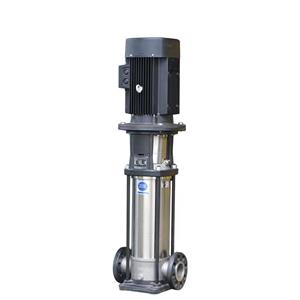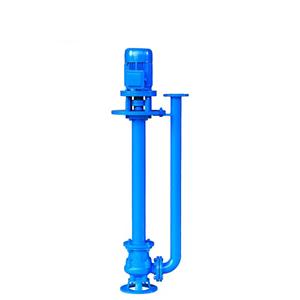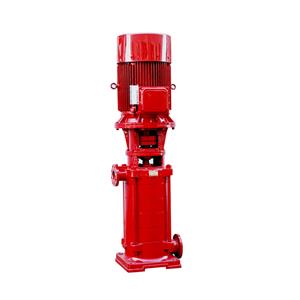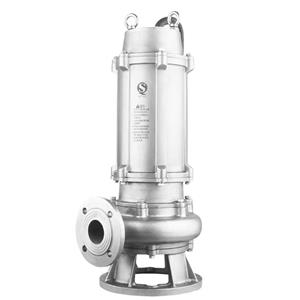Company news
-
Implementing a preventive maintenance strategy is essential for ensuring the long-term reliability and efficiency of screw pumps. By analyzing real-world examples and data, we can develop effective maintenance practices that minimize downtime and extend the pump's lifespan.
-
Despite their reliability, screw pumps are not immune to faults. Identifying and addressing common faults is crucial for maintaining pump performance and preventing costly downtime. This post will explore the most common faults in screw pumps, their causes, and potential solutions, supported by real-world examples and data.
-
As we look ahead to 2025, the pump industry is poised for significant growth, driven by increasing demand from industries such as water treatment, oil and gas, and agriculture. However, with this growth comes the challenge of developing pumps that can operate efficiently under increasingly demanding conditions, including those that lead to cavitation.
-
Digitalization is transforming the pump industry, offering new ways to monitor, predict, and prevent cavitation. By leveraging digital technologies such as the Internet of Things (IoT), artificial intelligence (AI), and machine learning, manufacturers can gain real-time insights into pump performance and take proactive measures to prevent cavitation.
-
Innovative pump designs are another effective way to mitigate cavitation and improve pump performance. Traditional pump designs often struggle to handle the high velocities and low pressures that lead to cavitation. However, by rethinking the way pumps are designed, engineers can create solutions that minimize the risk of cavitation and enhance overall efficiency.
-
One of the most effective ways to improve a pump's resistance to cavitation is through the use of advanced materials and coatings. Cavitation damage is primarily caused by the implosion of vapor bubbles, which generates high-pressure shock waves that erode the pump's internal surfaces. By using materials that can withstand these forces, manufacturers can significantly extend the lifespan of their pumps.
-
2702-2025
Understanding Cavitation in Pumps: Causes, Effects, and the Importance of Cavitation Resistance
This article will focus on explaining what cavitation is, how it affects pumps, and why resistance to cavitation is crucial for efficient pump operation.
-
2602-2025
Maintenance and Reliability
Standard motors generally have a relatively simple maintenance routine. Since they are used in non - hazardous environments, the focus is mainly on basic maintenance tasks such as checking the motor's bearings, lubricating moving parts, and inspecting the electrical connections. For example, a standard motor in a small - scale food processing plant's water circulation system might require periodic oil changes for the bearings and a visual inspection of the wiring every few months. Due to their simple design, standard motors are often more reliable in normal operating conditions, and any breakdowns can usually be quickly diagnosed and repaired.
-
2602-2025
Market Trends and Demand
The market trends for standard and explosion - proof motors for pumps are influenced by various factors, including industry growth, safety concerns, and technological advancements. The demand for standard motors for pumps remains strong in non - hazardous applications. In the residential and commercial construction sectors, which are constantly growing in many parts of the world, the need for water supply and drainage pumps powered by standard motors is high. For example, in urban development projects in India, new residential complexes and commercial buildings require a large number of standard - motor - driven pumps for water circulation and sewage systems. The relatively low cost of standard motors makes them an attractive option for these applications.
-
2602-2025
International Standards and Regulations
When it comes to the use of standard and explosion - proof motors for pumps, international standards and regulations play a pivotal role. These standards are in place to ensure the safety of workers and the integrity of industrial processes.




